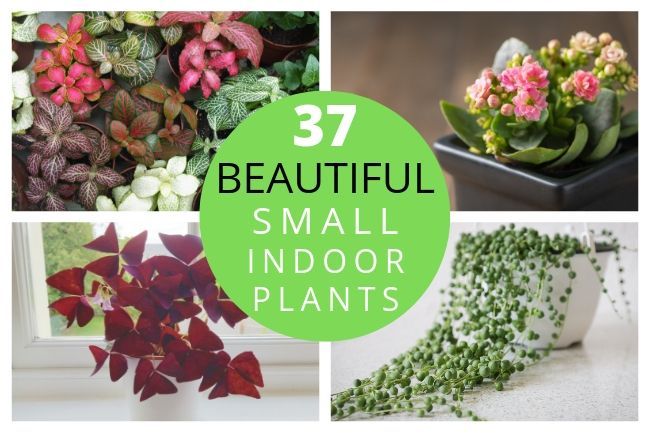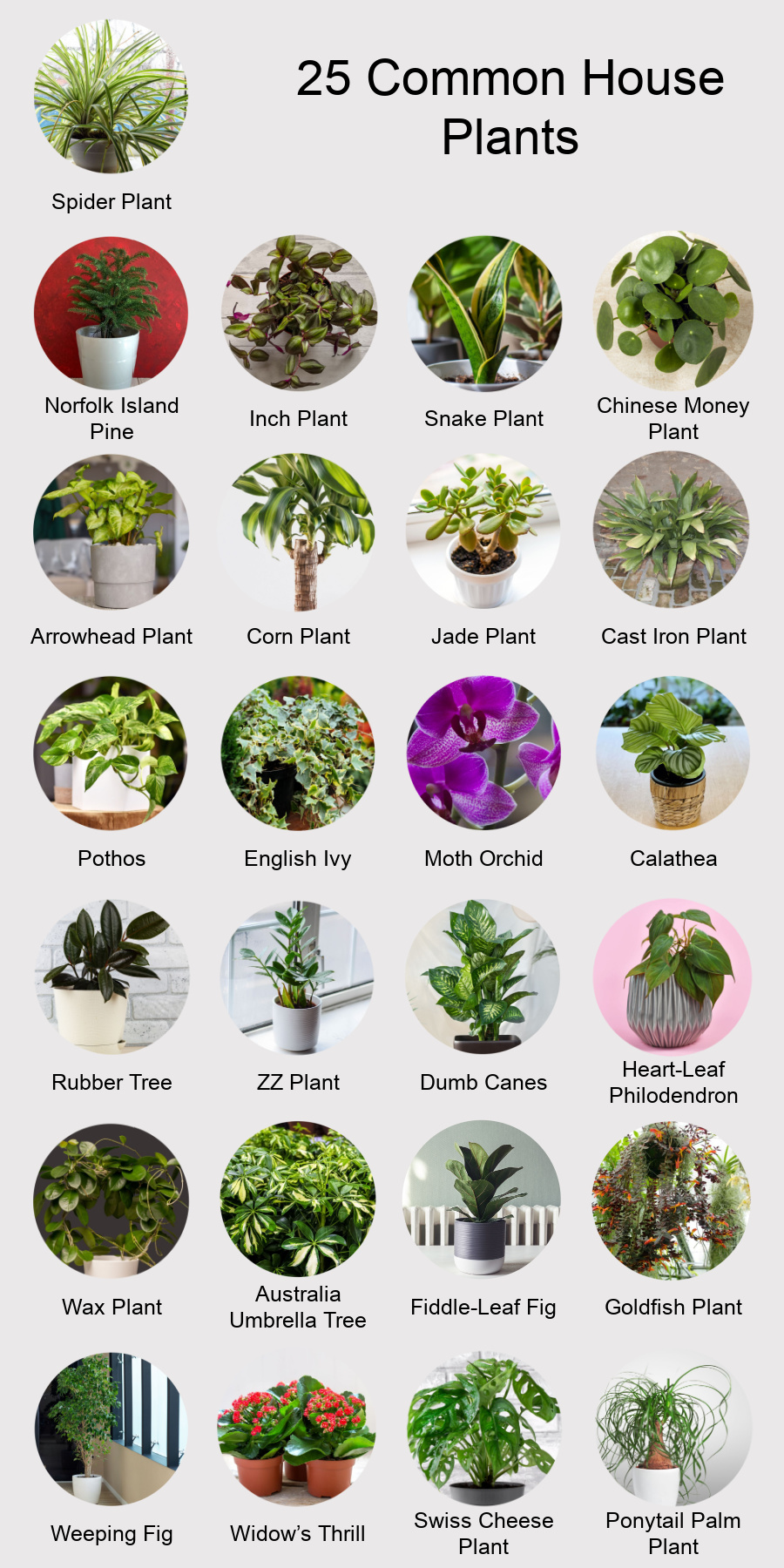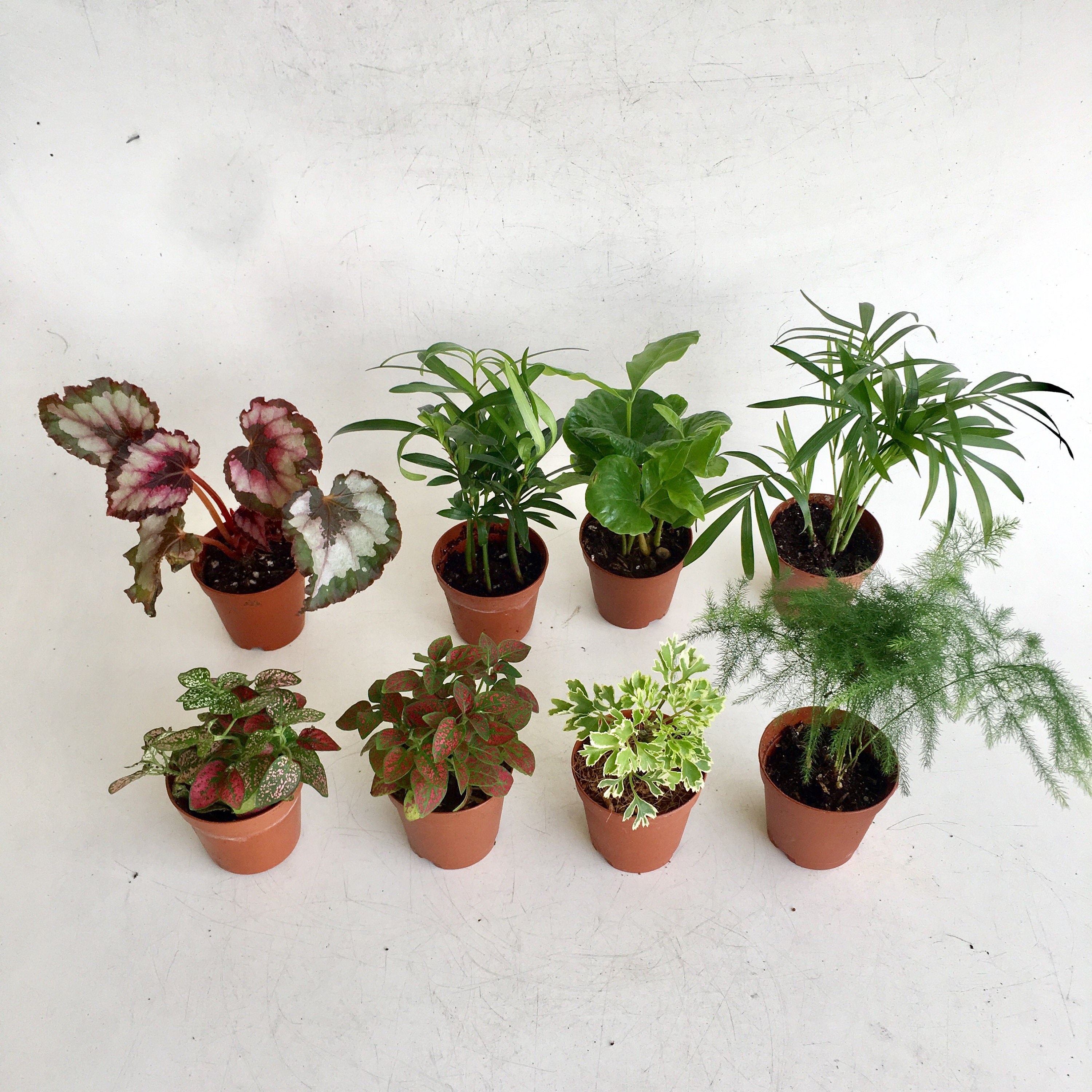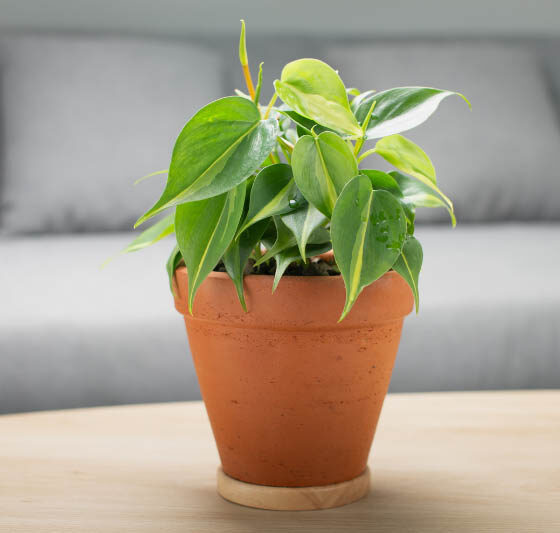“Okay, here is an extensive article about small indoor plants, aiming for approximately 1600 words.
- Plant Care Tips
- How to Source Bulk Tropical Houseplants
- The Unseen Architect: Understanding Sunlight Requirements For Thriving Plants
- Best Soil For Plants
- Indoor Plant Ideas
Table of Content
- 1 The Green Revolution in Miniature: Embracing Small Indoor Plants
- 1.1 The Irresistible Charm of Small Indoor Plants
- 1.2 Choosing Your Green Companions: Factors to Consider
- 1.3 Top Small Indoor Plant Varieties for Every Space
- 1.3.1 A. Low Light Tolerant Champions (Great for beginners and darker spots)
- 1.3.2 B. Medium to Bright Indirect Light Lovers (Most common houseplants)
Okay, here is an extensive article about small indoor plants, aiming for approximately 1600 words.

The Green Revolution in Miniature: Embracing Small Indoor Plants
In an increasingly urbanized world where living spaces are often compact, the desire to connect with nature remains as strong as ever. Enter the humble yet mighty small indoor plant. Far from being mere decorative accents, these miniature marvels are transforming homes, offices, and even bathrooms into vibrant, serene oases. They offer a refreshing antidote to concrete jungles, bringing life, color, and a surprising array of benefits into even the most confined corners.
This comprehensive guide delves into the enchanting world of small indoor plants, exploring their undeniable charm, the myriad benefits they offer, how to choose the perfect green companion for your space, a detailed look at top varieties, essential care tips, creative display ideas, and how to troubleshoot common issues. Whether you’re a seasoned plant parent with limited space or a complete beginner looking to dip your toes into the world of horticulture, the miniature green revolution has something for everyone.
The Irresistible Charm of Small Indoor Plants
The allure of small indoor plants lies in their unique blend of practicality and profound impact. They address several modern living needs while delivering significant aesthetic and psychological advantages.
1. Space Efficiency: This is perhaps their most obvious advantage. Unlike their larger counterparts that demand floor space and ample room to spread, small plants thrive on windowsills, desks, shelves, and even in tiny nooks. They are perfect for apartments, dorm rooms, small offices, or any area where square footage is at a premium. Their compact size allows for versatile placement, enabling you to bring greenery into almost any room without feeling overwhelmed.
2. Aesthetic Versatility: Small plants are incredibly adaptable design elements. Their diverse shapes, textures, and colors can complement any interior style, from minimalist modern to bohemian chic. A cluster of succulents can add desert charm, a vibrant Fittonia can introduce a pop of color, and a delicate Peperomia can provide subtle elegance. They can be grouped for a lush, miniature jungle effect or displayed individually as focal points, adding life and character to otherwise sterile environments.
3. Therapeutic Benefits and Well-being: Beyond their visual appeal, small indoor plants contribute significantly to our mental and physical well-being.
- Stress Reduction: The act of caring for plants, even small ones, can be incredibly meditative and calming. Studies have shown that interacting with plants can lower blood pressure and reduce feelings of stress and anxiety.
- Mood Enhancement: The presence of greenery can boost mood, increase feelings of happiness, and even improve concentration and productivity. A small plant on a desk can make a workday feel less daunting.
- Connection to Nature: For those living in urban environments, small indoor plants provide a vital link to the natural world, fostering a sense of peace and grounding.
- Air Purification (with caveats): While a single small plant won’t purify an entire room, they do contribute to improved air quality by absorbing carbon dioxide and releasing oxygen. Some plants can also filter out common indoor pollutants, though a significant number of plants would be needed for a major impact.


4. Ease of Care (Generally): Many small indoor plants are remarkably resilient and forgiving, making them ideal for beginners. Their smaller size often means less soil, which can simplify watering routines and reduce the risk of overwatering. They also require less repotting and pruning compared to larger, faster-growing species.
Choosing Your Green Companions: Factors to Consider
Selecting the right small indoor plant is crucial for its longevity and your enjoyment. Consider these key factors before bringing a new green friend home:
1. Light Conditions: This is the most critical factor. Observe the natural light in your intended plant’s spot throughout the day.
- Low Light: Areas far from windows, or rooms with small, north-facing windows. (e.g., ZZ Plant, Snake Plant, Pothos).
- Medium Light (Bright Indirect): A few feet from a bright window, or near an east/west-facing window with sheer curtains. Most tropical plants thrive here. (e.g., Peperomia, Prayer Plant, Spider Plant).
- Bright Direct Light: South-facing windows with unfiltered sun. (e.g., Succulents, Cacti).

2. Humidity Levels: Most homes have lower humidity than tropical plants prefer, especially in winter.
- High Humidity: Bathrooms, kitchens, or areas with a humidifier. (e.g., Fittonia, Ferns, Prayer Plants).
- Average Humidity: Most common houseplants can tolerate this. (e.g., Pothos, ZZ Plant, Snake Plant).
3. Pet Safety: If you have curious pets, always research a plant’s toxicity. Many common houseplants are toxic if ingested.
- Pet-Safe Options: African Violet, Christmas Cactus, Friendship Plant, Haworthia, Money Tree (Pachira aquatica – small varieties), Orchid, Peperomia, Polka Dot Plant, Prayer Plant, Spider Plant, Areca Palm, Boston Fern.
- Toxic to Pets (Common Examples): Pothos, Philodendron, Snake Plant, ZZ Plant, Peace Lily, Aloe Vera, Jade Plant, Dieffenbachia, Sago Palm.
4. Maintenance Level: Be honest about how much time and effort you’re willing to commit.
- Beginner/Low Maintenance: ZZ Plant, Snake Plant, Pothos, Succulents, Cacti, Spider Plant.
- Intermediate: Peperomia, Prayer Plant, Fittonia, African Violet.
- More Demanding: Ferns (often need high humidity), some specific flowering plants.
5. Aesthetics and Personal Preference: Ultimately, choose a plant that you find visually appealing and that sparks joy. Consider leaf shape, color, growth habit (upright, trailing, bushy), and whether it flowers.
Top Small Indoor Plant Varieties for Every Space
Here’s a curated list of fantastic small indoor plants, categorized by their general light requirements and suitability:
A. Low Light Tolerant Champions (Great for beginners and darker spots)
-
ZZ Plant (Zamioculcas zamiifolia):
- Description: Known for its waxy, dark green leaves and incredibly tough nature. It stores water in its thick rhizomes, making it highly drought-tolerant.
- Light: Thrives in low to bright indirect light. Avoid direct sun.
- Watering: Water thoroughly when the soil is completely dry, usually every 2-4 weeks. Err on the side of underwatering.
- Why small? Naturally compact, slow-growing, and perfect for desks or shelves.
-
Snake Plant (Sansevieria trifasciata):
- Description: Iconic upright, sword-like leaves with various patterns. Extremely resilient and forgiving.
- Light: Adapts to low light but thrives in medium to bright indirect light.
- Watering: Allow soil to dry out completely between waterings, often every 2-6 weeks depending on light.
- Why small? Many compact varieties like ‘Hahnii’ (bird’s nest snake plant) stay under 12 inches.
-
Pothos (Epipremnum aureum):
- Description: A classic for a reason! Features heart-shaped leaves that can trail beautifully. Many varieties exist (Marble Queen, Neon, Golden).
- Light: Tolerates low light but prefers medium to bright indirect light for best variegation.
- Watering: Water when the top inch or two of soil feels dry. Can recover well from neglect.
- Why small? Easily kept small by pruning, and young plants are perfectly sized for shelves or hanging baskets.
-
Peace Lily (Spathiphyllum):
- Description: Elegant dark green leaves with striking white "flowers" (actually modified leaves called spathes). Known for drooping dramatically when thirsty.
- Light: Prefers medium to low indirect light. Direct sun can scorch leaves.
- Watering: Keep soil consistently moist but not soggy. Water when leaves start to droop.
- Why small? Many dwarf varieties are readily available, perfect for desks or side tables.
B. Medium to Bright Indirect Light Lovers (Most common houseplants)
- Peperomia (various species):
- Description: A vast genus with incredible diversity in leaf shape, texture, and color. From the crinkly leaves of Peperomia caperata to the striped ‘Watermelon’ Peperomia, there’s one for every taste.
- Light: Bright indirect light is ideal

